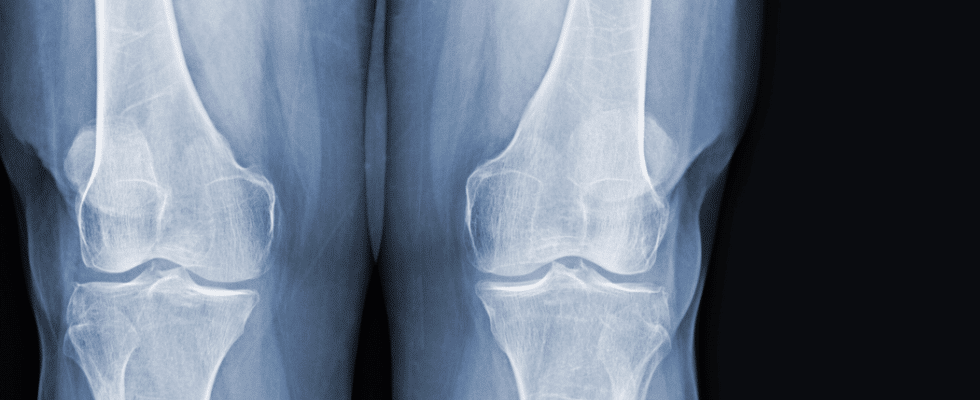
A multitude of blocks exist, with slightly different outcomes, depending on the location of where the block is administered, but each has the same purpose. Blocks serve to decrease or limit pain in your body after injury, due to illness, during or after surgery, or to help in rehabilitation from various issues. The adductor canal block is one of many examples of these blocks which focuses largely on pain relief in the leg, from the medial portion to the foot. The adductor canal block is frequently used in orthopedic surgeries for this reason, but Maverick Medical Education has a few other applications to consider.
Why is it taught?
Like any other block in our courses, the adductor canal block has several applications for pain relief in operative settings and beyond. This block may also be referred to as the saphenous nerve block and is commonly used in knee surgeries, including ACL repairs. The adductor canal block can be extremely helpful to add to the skill set of any person working in pain relief and prevention since the saphenous nerve spans much of the distance of the leg and can be used in many different ways. However, this versatility requires teaching and training to ensure that the different applications are known and to ensure a thorough understanding of how to approach the anatomy at different sites around the saphenous nerve.
What does it do?
As previously stated, this block is most commonly used for ACL repairs and other similar knee surgeries to provide pain relief. However, this can mostly be attributed to the fact that these are very common surgeries, as they take place in various demographics of the general population, from athletes to older adults. While less popular, knee replacement surgeries and open reduction and internal fixation ankle surgeries are other common applications of the adductor canal block. Because the saphenous nerve runs from above the knee through the foot, the positioning of the nerve block would be determined by where pain relief is needed. In fact, several landmarks can be used to provide pain relief, all without impacting unnecessary parts of the leg to minimize the reduction of mobility in a patient.
Why does it help?
This block can help prevent pain during surgery and after. The location and depth of the block, specifically where the anesthesia is distributed around the nerve, will impact how long the space is numb, so mobility after surgery or other intervention is a consideration. According to research published in The Archives of Bone and Joint Surgery, this block is especially helpful in many surgeries because it does not impact the upper portion of the leg. By “preserving quadriceps strength [one can] facilitate ambulation and postoperative rehabilitation.” For this reason alone, the adductor canal block is vital since rehabilitation and movement will decrease pain, injury, and postoperative issues down the line.
The adductor canal block is taught in Maverick Medical Education’s Regional Anesthesia- Essentials Course, along with the femoral, interscalene, and axillary block, plus several other
needed blocks. To learn more about our Regional Anesthesia course or our other course offerings, contact us today!



